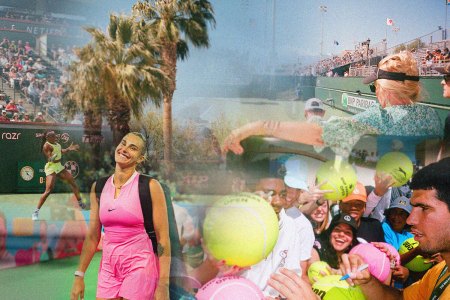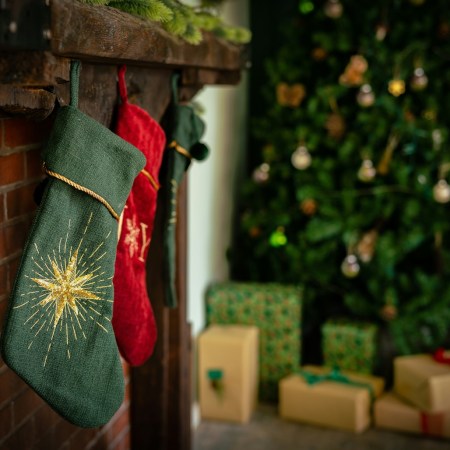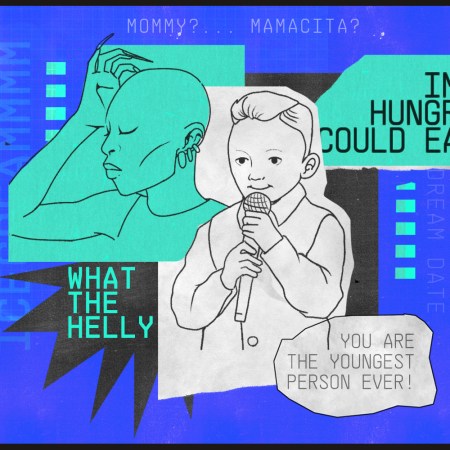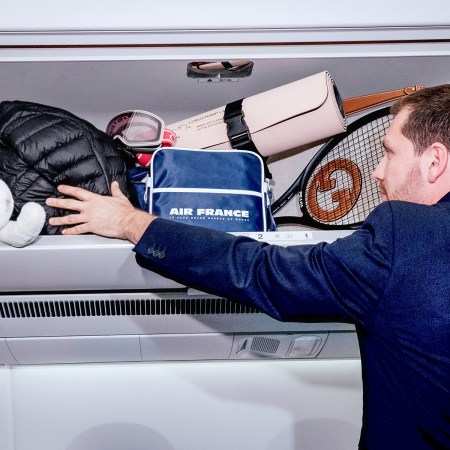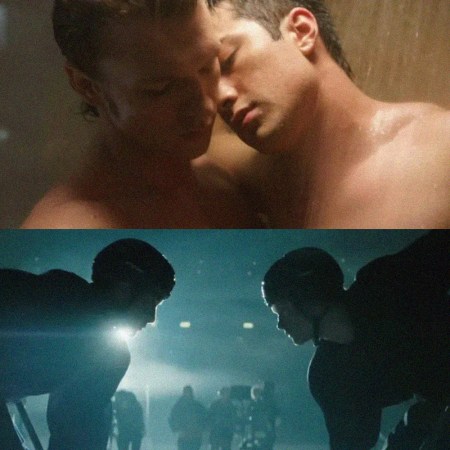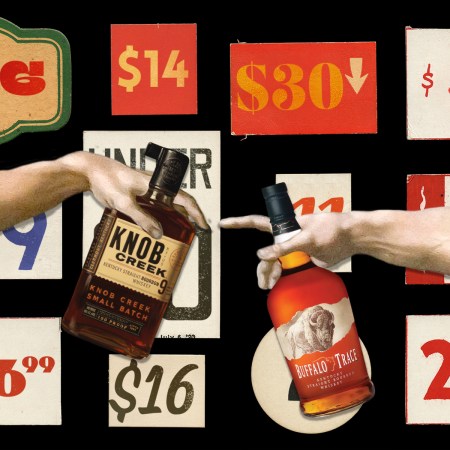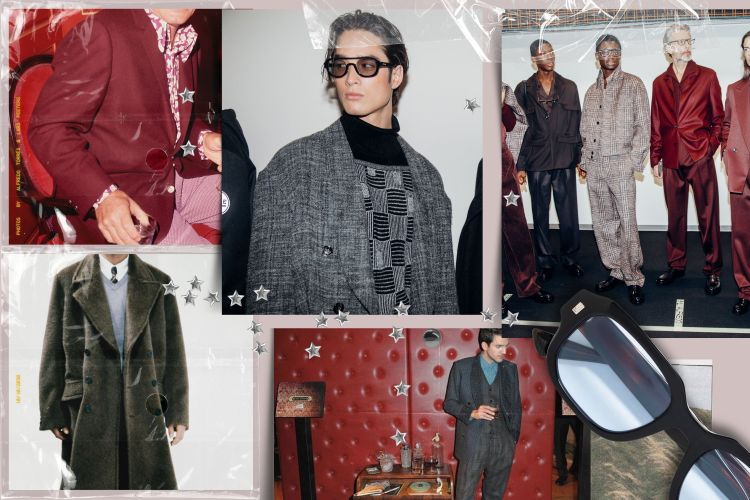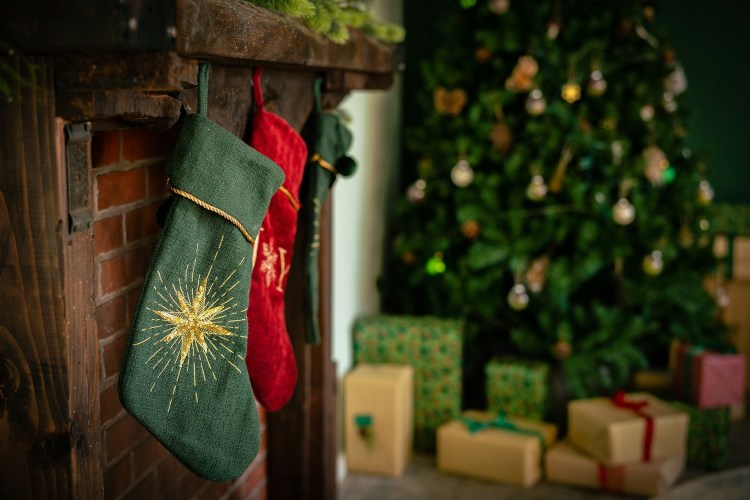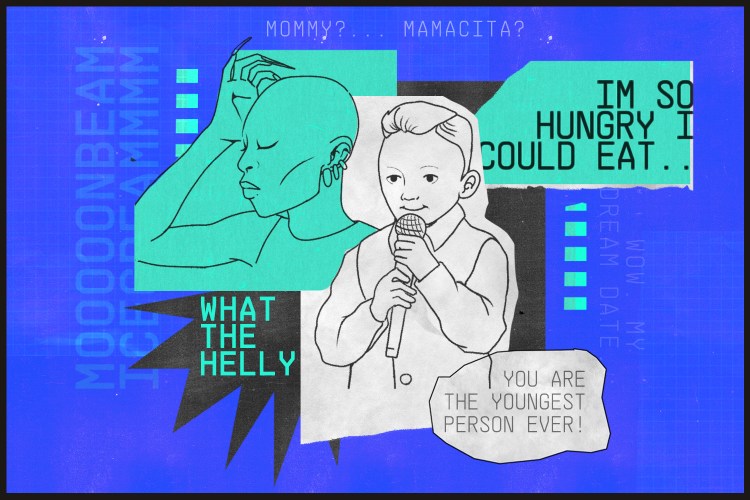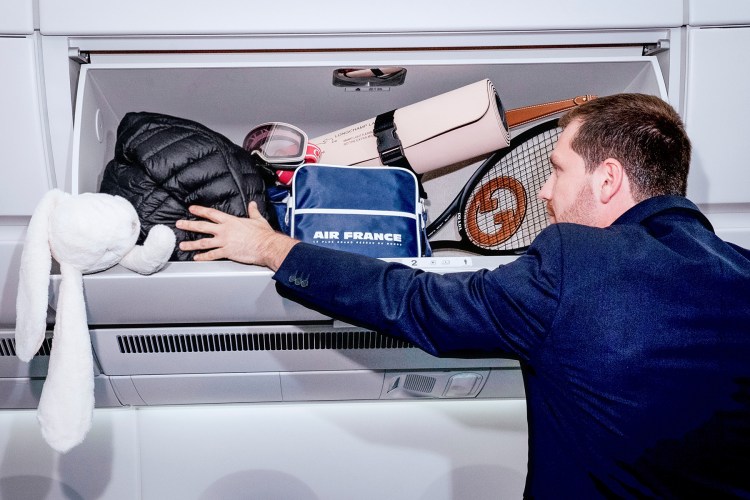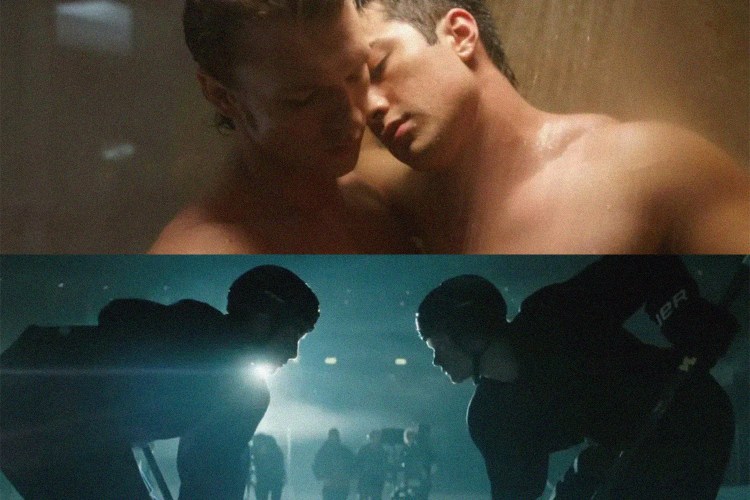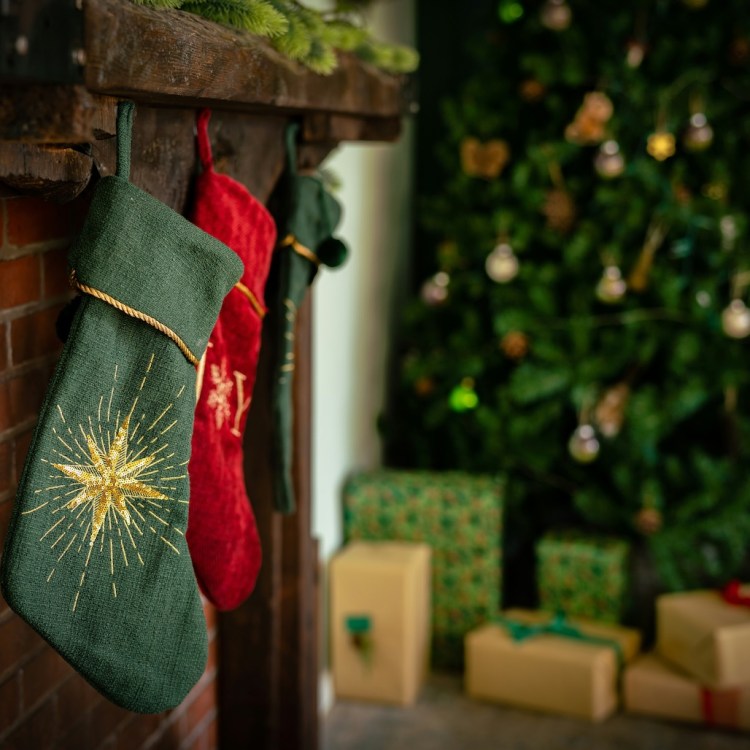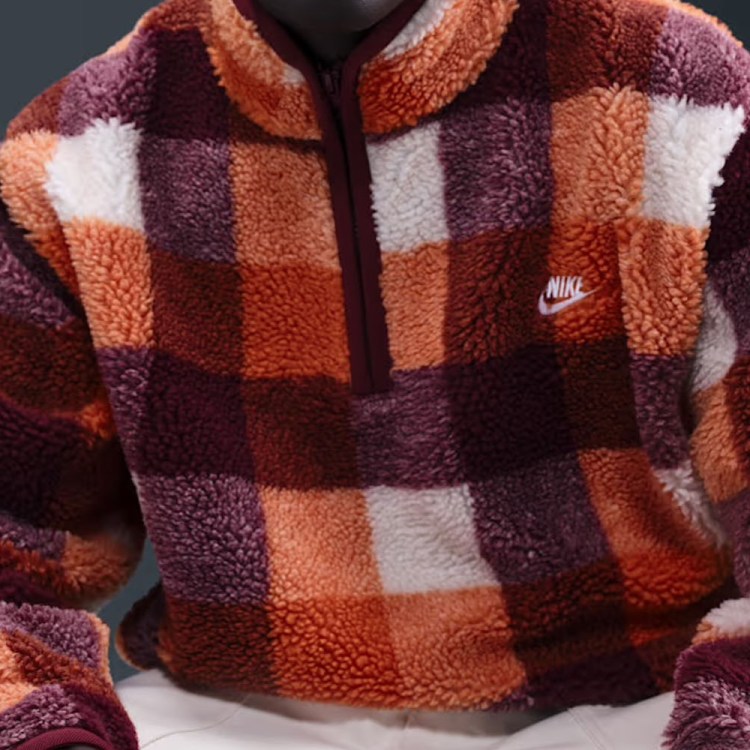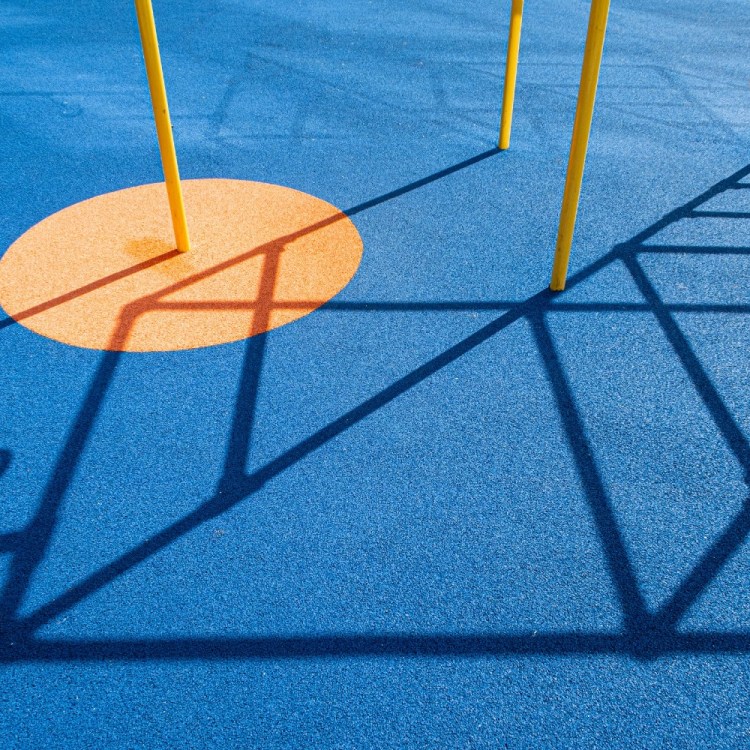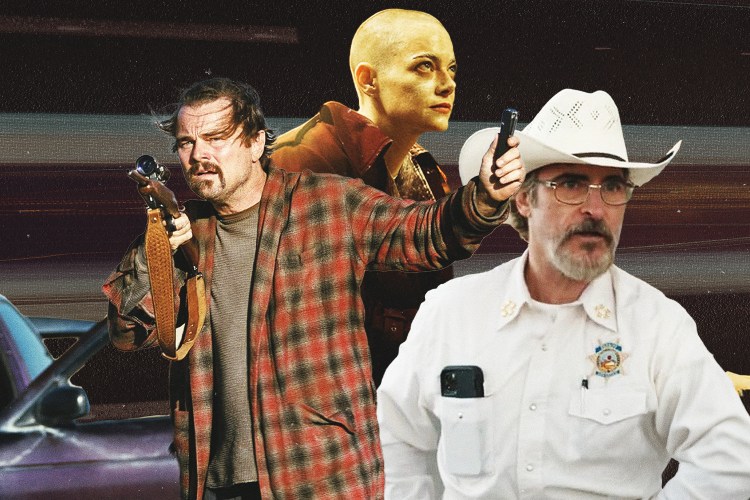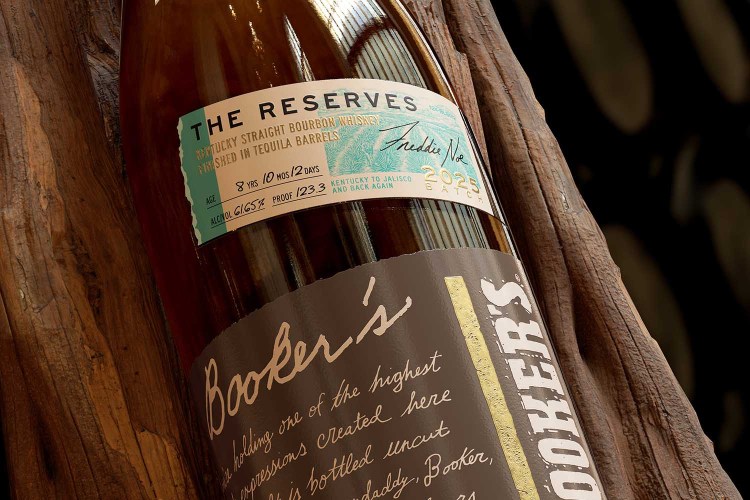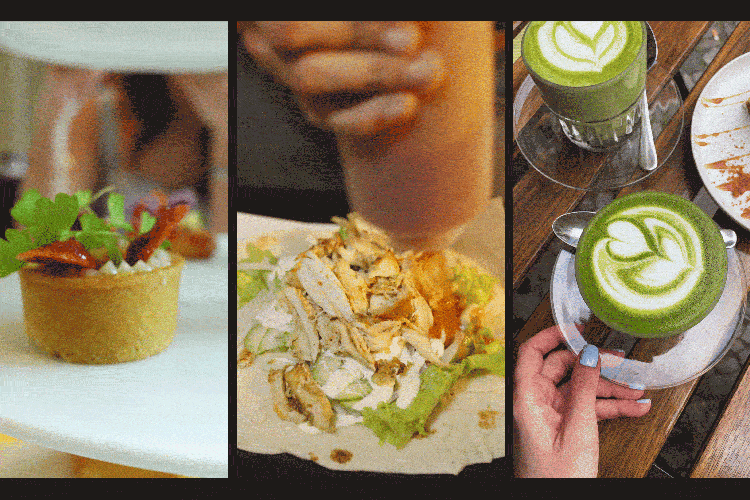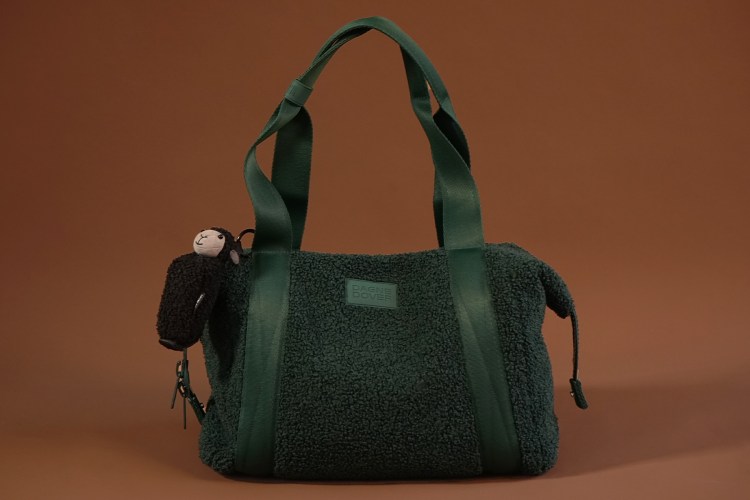Want to know what the future holds? You need to meet the people building it. In our series Who’s Next, we profile rising stars of culture, tech, style, wellness and beyond.
Santiago Gomez didn’t have much time to play his favorite sport when he arrived in New York City in the summer of 2009, for the start of a three-year stint in investment banking at UBS. But even a light workload wouldn’t have changed the fact that New York had no concept of padel, and certainly no available courts.
The Mexico City native started playing padel at the age of 10 and continued through his teenage years, even competing in national tournaments. Acapulco, Mexico is the racket sport’s oft-cited ancestral home, and when Gomez was growing up, hundreds of thousands of Mexicans played padel as a national pastime.
“People were building padel courts in their homes, or they were building padel courts at office buildings,” Gomez told InsideHook. “It kind of became the amenity that every building wanted to have. Everybody had a friend that had a backyard and a padel court there.”
In 2022, after a decorated half-decade detour in hospitality — Gomez co-founded Cosme in Manhattan with Chef Enrique Olvera and later served as a managing partner at ATLA — he was able to bring the old, familiar amenity to his adopted home. “I’d grown my restaurant business to over five locations,” he said, “and right before Covid I sold it to my former partners. [Around that time] I rediscovered padel, and that’s what gave me the idea of opening the first padel club in New York.”
Padel Haus arrived in a massive facility on Williamsburg’s Kent Avenue in July of 2022. More than 7,000 people booked a court in the club’s first 10 months, and Gomez hasn’t looked back since. He added a club downriver, in Dumbo, announced plans to open clubs in Nashville and Atlanta, and has broken ground on another facility in North Brooklyn: a 20,000-square-foot HQ in Greenpoint.
That’s…a lot of padel. How did demand for the sport explode so quickly in the United States? A lot has to do with how Gomez has packaged it. Beyond simply introducing Americans to the game — or giving them a place to play — he’s positioned padel as a full-stack wellness membership for the work-hard, play-harder set.

WTF Is Padel?
According to lore, padel was invented in 1969 by Mexican businessman Enrique Corcuera, who built a wall around his estate’s tennis court in order to keep vegetation at bay. Another tale claims his daughter had a nasty habit of practicing tennis against the wall of his house whenever he was taking a siesta…so he put a wall around the tennis court.
Either way, walls were built. His court was on the smaller side, too — 20 meters long by 10 meters wide — inspired by a trip to the United States, where he’d fallen in love with “paddle tennis”: a turn-of-the-century game with origins in Michigan, featuring a lower net, a depressurized tennis ball and a perforated paddle (as opposed to a strung racket).
Corcuera also borrowed from elements of platform tennis, a sport invented at Scarsdale’s Fox Meadow Tennis Club in 1928 by a pair of men looking to play outside in the winter. They’d put their court on an elevated deck, so it could be heated for all-year play, and managed the frustration of chasing down lost balls by enclosing the area in chicken wire. Soon enough, the springy walls counted in the field of play. These days, padel courts typically use a mix of plexiglass, concrete and metal mesh.
Pressed for time in an elevator, it would probably be easier to describe padel as mix of tennis and squash. Or if you’re really desperate: pickleball with tennis balls and transparent walls. Gomez describes it as “addictive.”
“It’s a global phenomenon. During Covid a lot of European countries were not allowing people to play team sports, except for padel…which kind of accelerated growth in countries like Sweden, Italy, France, Germany. Not only Europe but also the Middle East, Japan, South Africa, Australia. I started to realize how addictive the sport is for anyone who plays it at least once.”
What’s so great about it? The court’s “superstructure” keeps points alive. Watch just 60 seconds of padel highlights on YouTube and you’ll see what I mean. The back walls and parts of the side walls are in play as long as the ball bounces on the court first…which happens all the time. Players learn to prepare for awkward, last-second bounces, and, in time, use these nerve-racking moments to their advantage, thwacking the ball off their own walls to create unpredictable returns.
Padel sources its scoring system from tennis, but it doesn’t borrow the loping volleys typical of glass and clay courts. The sport thrives on Tasmanian devil energy; players triumph or fail spectacularly, lunging from the low net to the back walls to make a play, fighting their pinball confines as much as their two opponents. The game is almost always played in doubles. It’s a party sport for most, an elite ballet for the pros, and fun from the first moment you fist-pump a point.

The Spanish Model
“I figured New York was the best place to introduce padel because it has a very international population and a population that’s wellness first,” Gomez explained. “[People are] open to new trends and new things.”
Still, he wanted to be careful about how he introduced padel to the Big Apple. Even though the sport was extremely popular in his home country of Mexico, it had developed differently there than in Spain — and the Spanish model was preferable.
“Spain actually opened the first astro padel club, in the ’70s,” he said, in reference to Prince Alfonso de Hohenlohe-Langenburg, a friend of Corcuera and founder of the Marbella Club, who was inspired to build two courts, enclosed in wire, after visiting Corcuera’s Acapulco court. The game found near-religious fervor almost immediately in Spain.
“A lot of former tennis coaches found a career in the sport, a lot of former tennis players as well. The former president of Spain used to organize tournaments. It became kind of like the sport of the elite in Spain in the beginning — in the early days, where there were less than 1,000 courts, just like in the U.S. today. But now the sport has evolved a lot more and there’s 20,000 courts. It became a very popular sport, a very inclusive and accessible sport.”
They Call It Tennis Paradise
Sunny, disorderly, sublime: our racquet correspondent charts one unforgettable weekend at Indian Wells, the sport’s desert meccaThe only participation sport more popular than padel in Spain is football. Padel has around five million players, more than tennis or basketball. Mexico has 82 million more people than Spain, but only about a million padel players. Spain is a high-income country, and socioeconomic differences impact leisure time. But according to Gomez, the gap is more a result of how padel was perceived, how it was played.
“In Mexico, padel kind of took the form of a game, rather than a sport,” he said. “Only in the last five years has Mexico created a national federation with clubs, academies, coaches and brands interested in the growth of the sport.” Gomez likened Mexico’s approach to padel in the 1990s to America’s relationship with pickleball in the 2020s: a game intended to be played in the park with friends. But Gomez wasn’t just looking to import a pastime.

A Pilgrimage to Williamsburg
I arrived at Padel Haus’s original Williamsburg location on the morning of Presidents’ Day with a trio of obliging friends. The club is across the street from the East River-adjacent Domino Park, a five-acre, mixed-use area managed by luxury developer Two Trees.
It was positively arctic down by the water; Two Trees has spent a decade diligently transforming the Brooklyn waterfront, peppering it with glassy high-rises, turfed dog parks and heritage renovations — most recently, opening one of the largest Equinox facilities in North America in the old Domino Sugar Refinery — but there’s not much to be done about the riotous winds that bounce off the river in the winter.
We pulled the door open with some extra oomph and were immediately greeted with warmth, peace, a ping-pong table. From the outside, Padel Haus is a block-sized black box. Inside, it’s a well-lit clubhouse with plants and smoothies and suede poufs. There are locker rooms, rental racks and, up a set of stairs, four walled courts carpeted in electric-blue Mondo turf. Rolex school clocks hang from the walls.
We played for an hour but would have gladly played for two. I came to understand Gomez’s thesis by the time the Rolex struck nine and our court time was through. You do want to come back. Of course you do. It takes that initial hour to get accustomed to the game — from serving (the ball must be bounced and struck from below the waist), to returning without smashing the back wall on the fly (nothing better than hitting the blue just before the wall, down in the corner, essentially burying your opponent).
Eventually, a personal flow state whirs to life, however amateur or rusty or rudimentary, and you’re just making decisions. You’re hitting the ball as frequently as pickleball or squash, but running more, rushing the net, retreating, letting yourself look ridiculous. I really liked the paddle, in particular. Its large sweet spot and dampened feel encourage constant contact; and it’s meant to be held in one hand at all times, which yields the whole arrangement the feel of a medieval sword fight.

Top-Shelf Clientele
Later that day I wondered, what on earth is stopping people from playing all the time? Then I got a look at the membership rates. In Williamsburg, it’s $155 a month, plus $37.50 per hour, per head, each time you book a court. Go at a more favorable time — a weekday before 4:00 p.m., say — and that drops to $25. Non-members pay $65 and $40, respectively. Not cheap, no. But clearly the appetite is there for it, and besides, the space is explicitly designed to cater to the well-heeled.
“People give you a chance to try your new concept once and then it’s up to you to get them to return…[based on] whatever experience you provide,” Gomez said. “I was very aware that New Yorkers are a little more strict than others in what they expect in terms of the product, the customer service, the overall experience. A ‘better club’ in Europe is just throwing a bunch of courts in an empty warehouse. [That] was not going to succeed here.”
He leaned on his hospitality background to cultivate the clubhouse feel, saying “it isn’t rocket science” to add a pro shop, a juice bar and rain showers. All told, in a neighborhood with luxury gyms and cultish workout clubs, Padel Haus out-punches its weight. “Our members represent the minority of the number of players, but they represent the majority of the hours on court. They typically come here five times a week. Every time they come, they play two or three hours.”
Pickleball is NASCAR. Padel is F1.
– Santiago gomez
Padel Haus’s most serious devotees are often former tennis players or former squash players. It’s notoriously difficult (and expensive) to play tennis in New York; locals wait on benches far longer than they’ll even get to play. As many tennis purists maintain an acrimonious relationship with pickleball (either gravely or as a long-running bit), padel offers a seductive compromise: a sport validated by tennis legends like Andy Murray, who remembers being introduced to padel while training as a teenager in Spain decades ago.
Many who come to Padel Haus are just passing through. Gomez estimates that 80% of the business comes from non-member “tourists,” long inclined to give padel a try. They might be missing the game after years away from home, as he once did. They might just be in New York for the weekend and saw Padel Haus on Instagram. His team has positioned the brand well in the broader, if-you-know-you-know wellness universe, often collaborating with Pilates studios, DJs and influencers. For the last two summers, the company even built outdoor courts in Domino Park across the street, in order increase Padel Haus’s exposure.
As the club has found success — though Gomez said people are wrong to assume it’s a gold mine — the profile of padel has risen in turn. Once a fringe hobby, it’s become a sport of the elites, a status symbol in its own right. I was curious what Gomez made of this characterization. I told him that I met a prominent pickleball influencer in Miami, who offered the following take: “Pickleball is the new basketball, padel is the new golf.” Perhaps unsurprisingly, Gomez chuckled, embracing it. Though he volunteered an edit: “Pickleball is NASCAR. Padel is F1.”
“Pickleball is only being played in America,” Gomez said. “NASCAR is only in America. And F1 is more like a worldwide elite sport. The same applies to padel.” Following the Spanish model, Gomez is using Padel Haus’s facilities and influence to stage tournaments and host seasonal leagues with a prize pool. It’s an academy, in other words. Not just an amenity.

Heart and Soul
In recent years, the U.S. Open has projected the slogan “The World’s Healthiest Sport” onto its primetime courts. A little self-aggrandizing, maybe, but it’s rooted in research. A Mayo Clinic study of Copenhagen residents found that regular participation in a variety of activities adds years to our lives, and tennis takes the cake — it added an average of 9.7 years to the lives of the study subjects. Badminton came in second at 6.2 years.
This has led to a renewed focus throughout the wellness world on the benefits of racket sports. They’re good for your heart, improving cardiovascular fitness while lowering body-fat percentage. But they also seem to be good for the soul: they compel camaraderie in an isolated age. As I’ve written about in the past, tennis partners often form mighty, lifelong fellowships.
Gomez echoed these sentiments from padel’s side of the fence, and offered a couple bonus benefits: “It also gives you mental clarity. And it’s less prone to injuries than other sports.” It’s a compelling pitch, and Gomez and his team are moving quickly to meet the demand, overseeing four builds at the moment, in Greenpoint, Atlanta, Nashville and Denver.
“Nashville is very wellness-focused and welcoming to new concepts. A lot of New York brands, especially on the hospitality side, open their first location outside of New York in Nashville. And then Atlanta has one of the largest tennis communities in the U.S. I think both are great markets with a lot of potential players. At the same time, you don’t have the high cost of real estate that you have in New York.”
These facilities will continue to stack wellness offerings. Dumbo, for instance, has a members gym and physical therapy on site. Atlanta will have indoor and outdoor courts, inspired by the success in Domino Park. And Nashville will have a pair of cold plunges. (Like many a CEO, Gomez is a cold-plunge acolyte.)
But the through line is padel — not so new anymore, but as fast, social and addictive as ever. Maybe tennis really is the world’s healthiest sport. But for reasons similar and unique, padel isn’t far behind. Gomez hopes to play the sport he loves more in the future — whenever he’s not busy bringing it to new cities and new players.
“I think it’s just a matter of time, not a matter of me,” he said. “If I had more time on my hands, I would probably play seven days a week.”
Additional photos courtesy of Padel Haus
The Charge will help you move better, think clearer and stay in the game longer. Subscribe to our wellness newsletter today.


